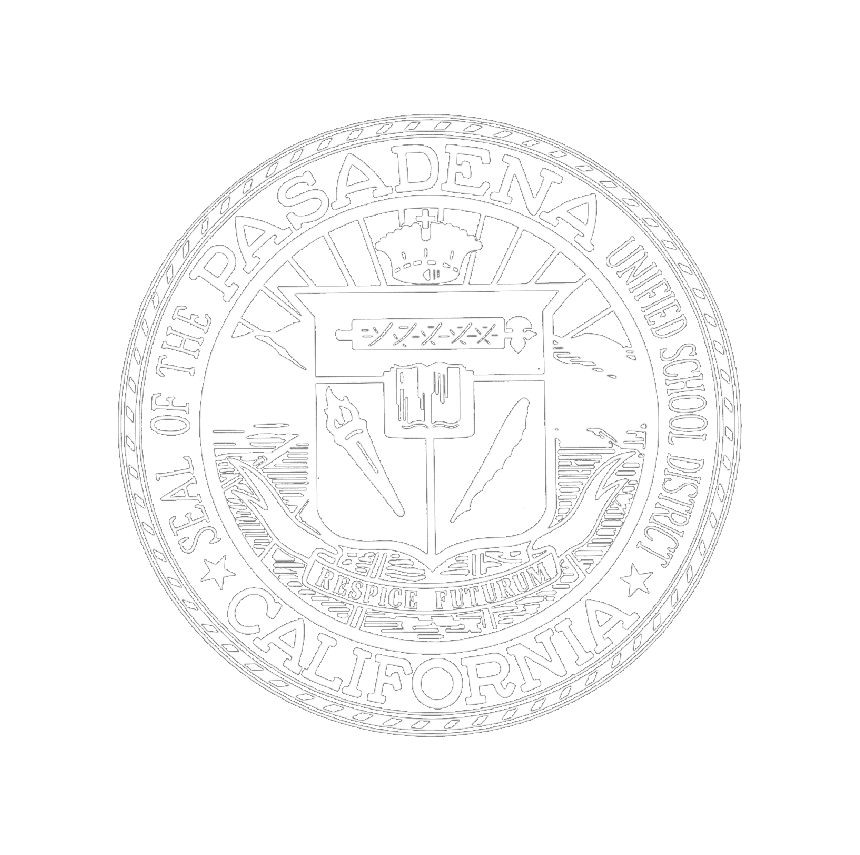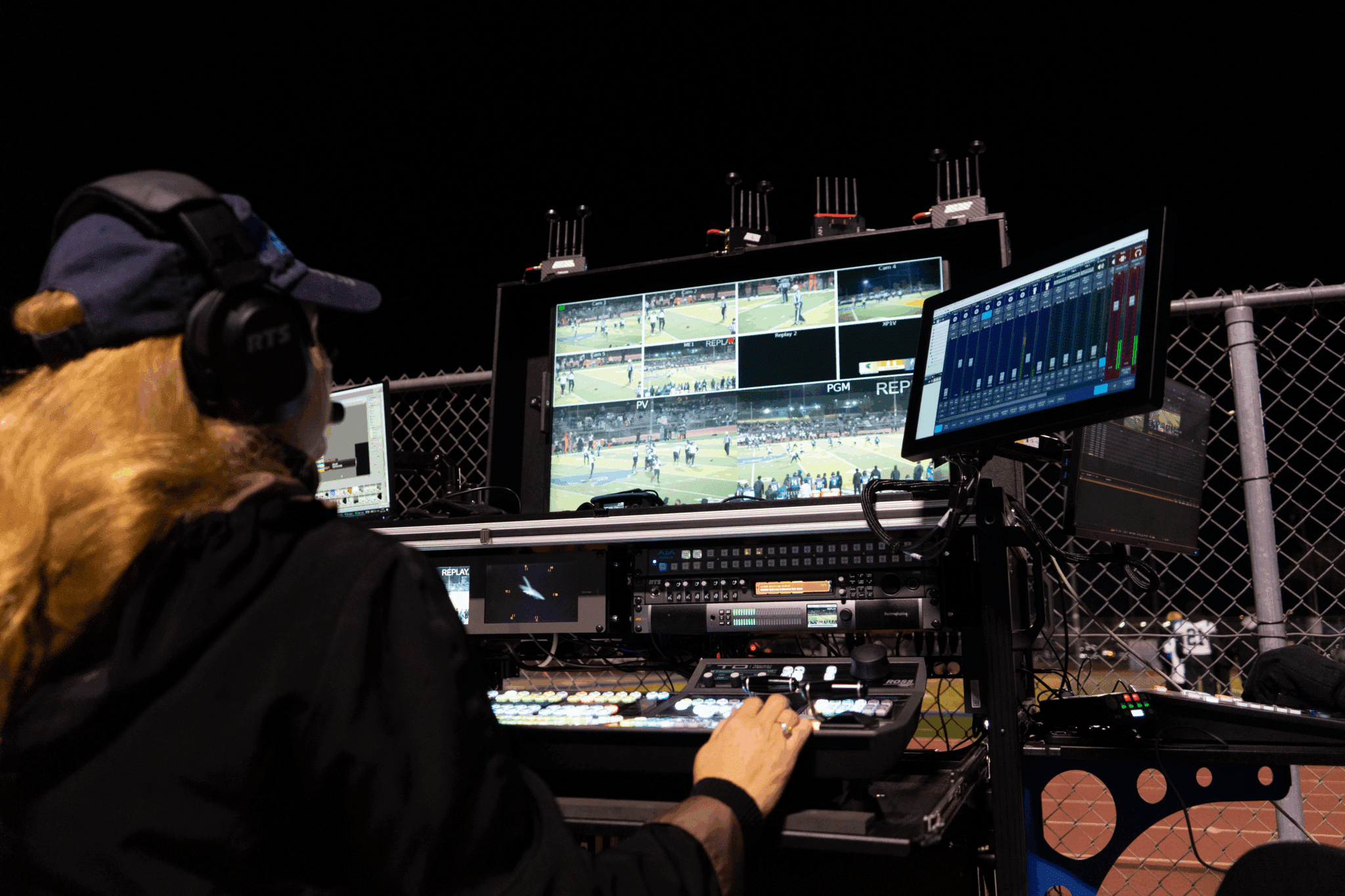


Through its student-powered media arm, PUSD is transforming school stories into professional-quality live broadcasts.
Pasadena Unified School District (PUSD) is a mid-sized public school district serving the city of Pasadena, California. Known for its strong arts, academic, and athletics programs, the district is home to a creative student population and a passionate team of educators.
Through its media arm, KLRN Pasadena, the district creates content to engage its wider community. With a strong vision for both outreach and education, the district sought to amplify its storytelling by producing more, better quality live content for their community and providing students with hands-on experience in contemporary media production.

PUSD had the talent and the events—but struggled with outdated gear, limited connectivity, and no clear path to scale.
Pasadena Unified hosts no shortage of standout events—football games, concerts, board meetings, and community showcases—but for years, most of those moments never made it past the campus gates.
The district relied on a mix of old, pieced-together gear and a handful of flypack attempts that never quite delivered the consistency or quality needed. Some venues lacked internet access, setup workflows varied from site to site, and there wasn’t a solid way to train students on modern tools.
Educators were doing their best with what they had, but they needed something better. The district was looking for a system that could travel easily, adapt to different campuses, deliver professional results, and be simple enough for students and volunteers to learn on quickly.
Every element of PUSD’s new flypack was carefully selected to make student crews more capable, confident, and connected.
PUSD partnered with systems integrator and trusted Ross Video partner, Key Code Media, to build a broadcast-quality, student-friendly, mobile multi-cam flypack from the ground up.
The system was built into a rugged, mobile BigFoot chassis, with Ross Video’s Ultrix Carbonite switcher and TouchDrive at the core, giving students an easy and reliable way to direct shows, switch cameras, and adjust audio from the same control surface.
The team also uses XPression, Ross Video’s real-time motion graphics system, which connects to spreadsheets, scoreboards, and live data, allowing students to easily create live overlays, stats, and lower-thirds graphics for their broadcasts.
The system also includes Panasonic cameras with Canon lenses, LiveU bonded cellular for streaming anywhere, Teradek wireless video, RTS intercoms, and an Allen & Heath mixer. With this setup, the flypack can support live switching, graphics, audio mixing, and real-time streaming, even from venues without a traditional internet connection.
Students aren’t just learning about production, they’re doing it live — and the whole community is tuning in.
Today, the new flypack is used to produce live events across the district, from Friday night football to school concerts, student showcases, board meetings, and civic events. For the first time, productions are consistent, polished, and fully student powered. Even city leaders have taken notice.
For students, the flypack has become a hands-on learning tool. They’re running replay, switching cameras, creating live graphics, and learning real skills using the same gear found in professional control rooms and studios across the country. The PUSD project shows what’s possible when professional broadcast tools are made accessible to the next generation, opening new avenues for learning, storytelling, and community connections.
Share this story